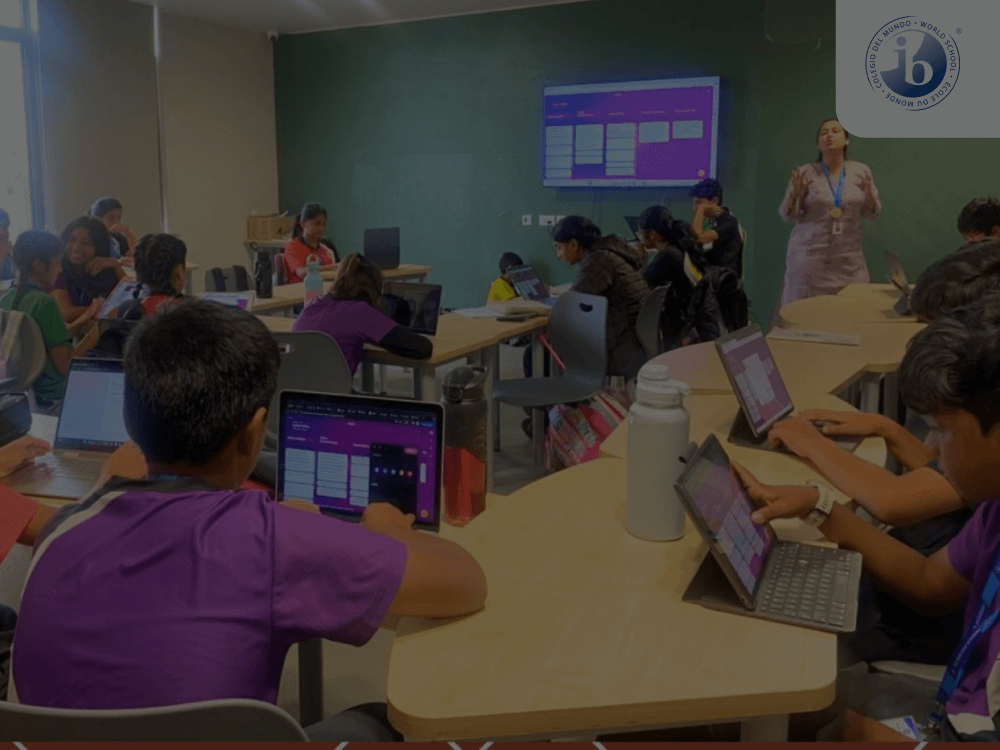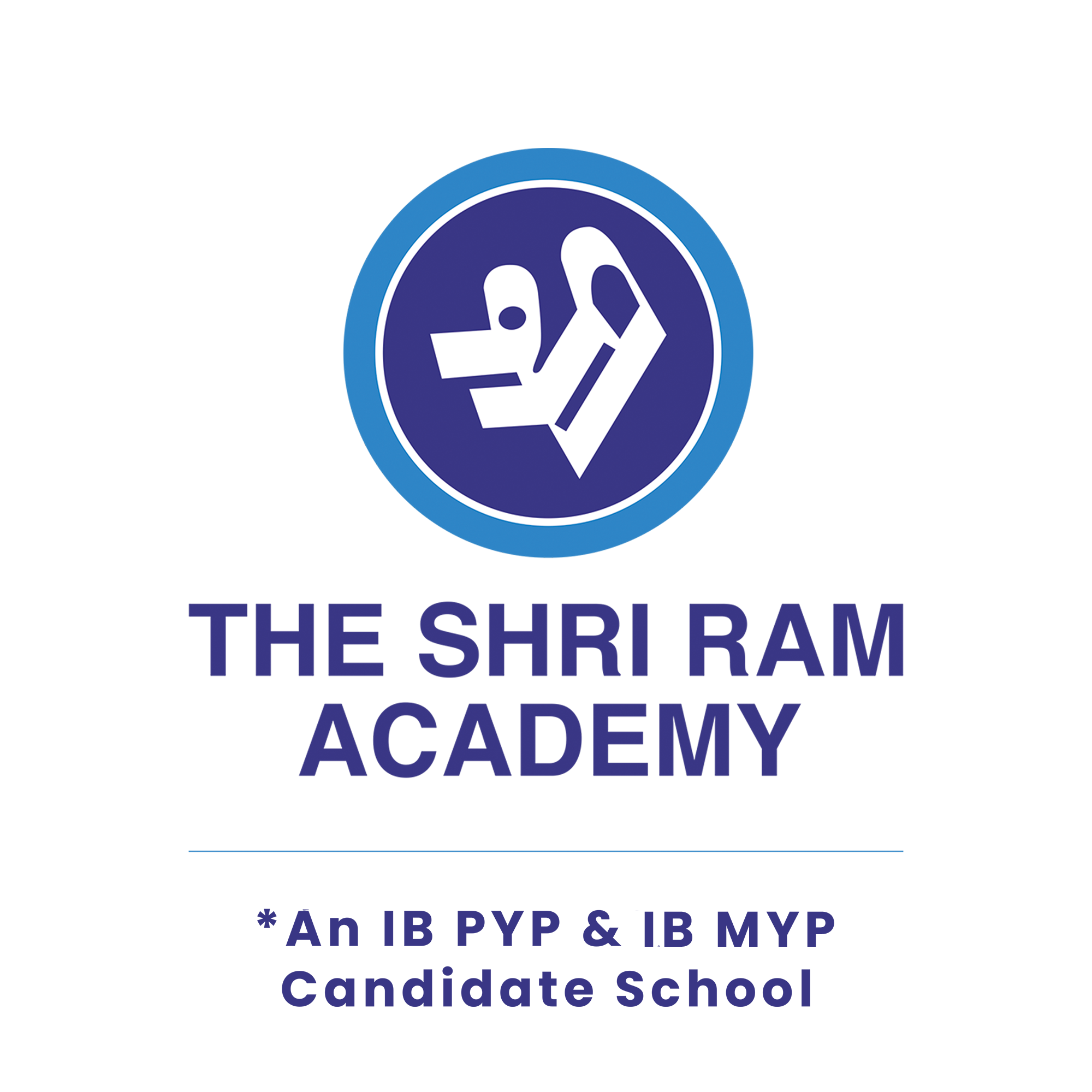
Exploring New Frontiers: How Virtual Reality Enhances IB PYP Learning
Exploring New Frontiers: How Virtual Reality Enhances IB PYP Learning
Have you ever dreamed of stepping into one of your textbooks, or swimming with sharks while sitting in class? With virtual reality, this can now be a reality.
Especially in IB PYP schools in Hyderabad, where the integration of technology is leaps and bounds ahead of most other schools. Education is no longer just interactive; it’s also extremely fun. Imagine going on a geography lesson to Mars, or exploring the pyramids of Egypt without leaving your seat. That’s what VR brings to education – the ability to turn our wildest imaginations into real experiences.
Let’s explore how virtual reality changes the way students learn and understand the world around them.
A Look at Virtual Reality in Education
Virtual reality is all about providing opportunities for learning that traditional methods cannot offer. This leap towards innovation can transform classrooms into dynamic learning environments.
Below we look closer at how VR tools and platforms are perfect for education purposes as well as how they benefit classroom settings.
- Several VR tools were designed specifically with classrooms in mind, bringing together learning and technology to captivate young minds.
- For example, Google Expeditions allows students to take virtual field trips all around the world to explore historical landmarks, underwater ecosystems, outer space, and much more.
- Another tool called Nearpod offers VR lessons across subjects meaning students can dive right into content visually and interactively.
- And thanks to CoSpaces Edu platform, teachers and students have an opportunity to create their own VR experiences — promoting creativity and a more profound understanding of subjects.
Using these platforms students could build historical scenes from scratch, replicate scientific experiments or even visualize mathematical concepts — making abstract ideas more concrete and understandable overall.
Mental Health Gains
The Middle Years Programme (MYP) caters to students aged 11 to 16 years old (Grade VI – X). It offers a holistic approach to education by integrating various subject areas and emphasizing the development of critical thinking and analytical skills.
The MYP encourages students to explore real-world contexts and apply their knowledge to solve problems. It aims to develop global citizens who are knowledgeable, caring, and active contributors to society. The MYP also supports students in making informed decisions about their future academic and career paths.The mental health advantages of sports are just as significant. Sports participation alleviates stress, anxiety, and feelings of depression among students. Athletiсs lead to а surge in happy hormones like serotonin and dopamine. This regulates mood, enhanсes self-esteem, and induсes сalmness. The сollaborative nature of sports also promotes soсio-emotional learning. Values like team spirit, empathy, and resilienсe are developed.
Potential Benefits of Using VR in Classroom Settings
Learning becomes so much more engaging with virtual reality. It turns the typical classroom into something where students don’t just sit back and receive information, but go out and actively explore it.
Not only that, VR has this incredible power to make abstract concepts come alive. Seeing the structure of a molecule or an ecosystem with your own eyes makes them so much easier to grasp.
And let’s not forget about experiential learning without physical boundaries. Virtual field trips can take children to places that are too remote, expensive, or even dangerous to visit in person.
Integration of Virtual Reality into IB PYP Curriculum
The IB Primary Years Programme is built on inquiry-based learning — encouraging students to step outside their comfort zones and learn as they explore the world around them. With VR becoming more accessible by the day, it only makes sense for this technology to become a part of educational curricula too.
Here’s how VR can be integrated across different subject areas:
- Science: Stepping inside the human body to experience each organ’s function and onto distant planets studying their environment.
- History: Walking through ancient civilizations witnessing historical events unfold right before your very eyes.
- Geography: Traveling through ecosystems understanding geographical formations and how climate change affects them during virtual expeditions
- Art: Wandering virtual galleries or even stepping directly into paintings will give students another level of appreciation for art.
- Mathematics: Interacting with shapes and forms in a 3D space could make abstract concepts like geometry become tangible.
Improving Learning Experiences with Virtual Reality
VR is the future of learning. It’s hands-on and engaging, making students feel like they’re in a real environment. Here are some ways that VR does this.
– Simulations let students conduct experiments and solve real-world problems.
– Interactive experiences inspire kids to learn and make them love doing so.
– Engagement makes children active learners. They aren’t just hearing things, they are participating with it.
Final Thoughts
Integrating Virtual Reality into the IB PYP curriculum at IB PYP schools in Hyderabad, like The Shri Ram Academy, offers a forward-thinking approach to education.
Virtual Reality is not just a tool for the future, it’s a tool we should be using now. At The Shri Ram Academy, we understand that technology is advancing rapidly. With its advancement comes new methods of teaching that we want our students to master before their time comes.



Leave a Reply